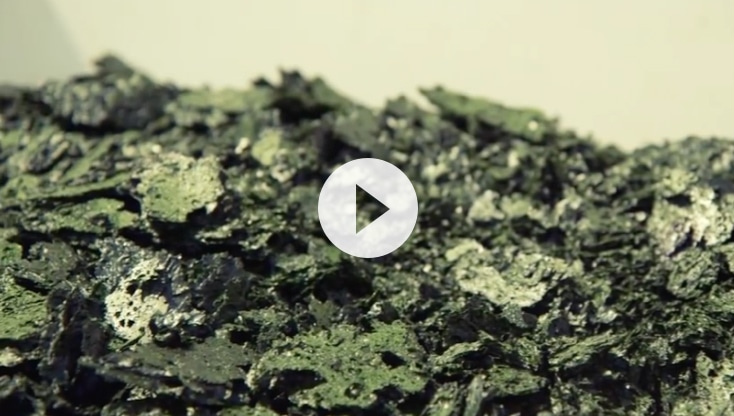Energy products are vital to our everyday lives. They get us from here to there, they keep us warm in the winter, they refrigerate our food and they power our smartphones.
At the same time, these energy products are the most coveted and controversial of the world’s commodities. Wars are waged over foreign oil. Congressional hearings are held to discuss policies and initiatives around alternative fuel sources. People around the world are tackling the environmental impact of human energy use.
These kinds of activities often cause market
volatility. Yet in the face of all this volatility, energy futures present opportunities to increase stability and drive innovation.
A stable market for a volatile industry
As political and environmental factors constantly change, futures exchanges provide a stable and highly regulated venue for price discovery on products like crude oil and natural gas. And as industries race to create increasingly clean and efficient resources, these exchanges are becoming the marketplace of choice for products such as ethanol, biodiesel and wind power.
So if you’re in the business of producing or consuming energy products, the futures exchange is where you come to set transparent, predictable prices for those resources – prices that ultimately impact what you pay at the pump and at the meter.




